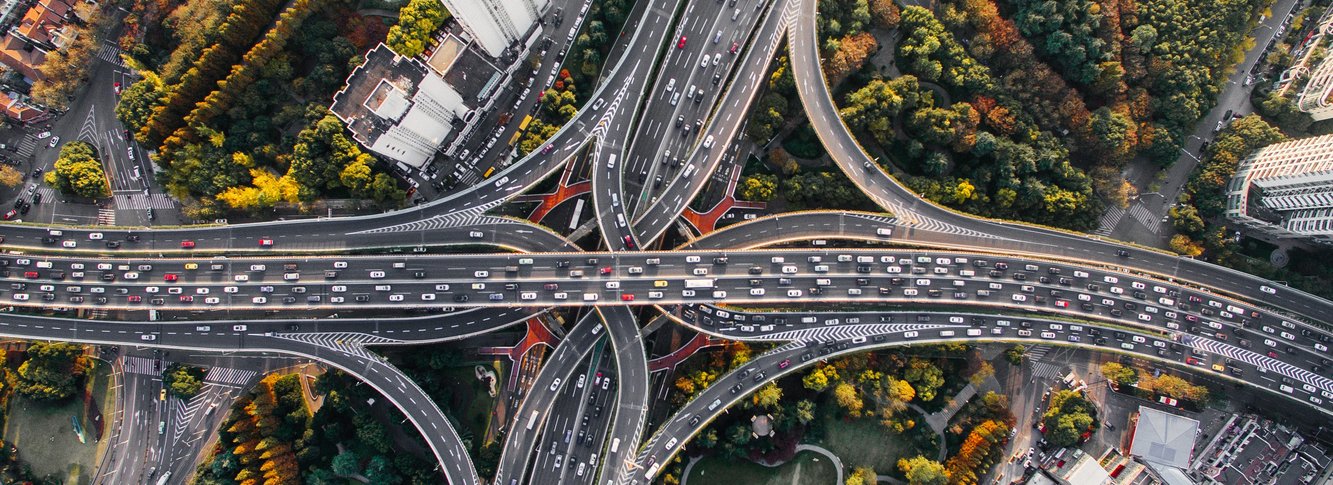| 6 mins read
The three books under review here are well-informed studies that between them cover the dominant features of China today—the party's monolithic and (in its own terms) successful rule (Dickson), the post-Mao economic revolution that has harnessed state and private enterprise to work together to great effect (Clifford), and the still substantial rural sector, the main source of labour for the urban economic explosion, but ‘left behind’, particularly in its educational prospects (Rozelle and Hell).
All authors agree that China has made impressive progress economically. Yet, under Xi Jinping that sense of optimism and forward movement has declined or gone backwards; as Dickson puts it, Xi's tenure has ‘reversed a pattern in elite politics: the steady diminution of the top leader's power’. Clifford argues that China's Party autocracy has hardened and that the economic reforms have largely stalled out.’ Rozelle and Hell's write that as labour costs rise and China becomes less competitive, the party will struggle to deal with economic stagnation that pushes millions out of work and back to the countryside which cannot accommodate them. Instead, Xi's regime could pivot ‘to the fallback plan of many desperate leaders around the world and throughout history: an appeal to nationalism, or worse.’ Many on the island of Taiwan will fear that this is already happening.
Critics may refer to public opinion polls showing widespread support for the Xi regime. Public opinion surveys are not allowed to include approval ratings for party leaders, just the party and government officials in general. Harvard Ash Center show that 95.5 per cent of respondents (in 2016) were either ‘relatively satisfied’ or ‘highly satisfied’ with Beijing. These findings may be biased towards the urban and middle-class strata that have benefited more from economic reform.
There is no question that for tens, indeed hundreds, of millions of Chinese, life is far better than it was for their parents. Clifford notes that many tolerate an oppressive regime because ‘their deepest anxiety is that an ungovernable nation would see a return to chaos.’
Clifford gives a compelling account of the ‘China paradox’ that has led the nation to recover from Mao's ultimately disastrous forced march to socialism, and to progress from (broadly speaking) developing to developed status in three or so decades. ‘The essence of this paradox is the symbiotic relationship between business and a ruling Communist Party’ Crucial to this apparent paradox was a delicate equilibrium between the state and private sectors which the party handled with ‘remarkable pragmatism’.
Predictions of doom for China should always be treated with caution. On the basis of these careful analyses, however, it does appear that China risks being trapped. Rozelle and Hell see this clearly in the rural areas: the problems of Invisible China with its rampant poverty, under-education, and under-nutrition. China, they argue, now finds itself in a ‘middle income trap’ from which the escape must rely upon high investment in human capital—in particular in a highly-educated population of the type which propelled South Korea and Taiwan upwards. Yet, currently about 70 per cent of the Chinese labour force is ‘unskilled’.
Focussing on economic development, Clifford also sees China as in danger of being trapped by the rigidity of a ‘more ideologically driven CCP’ under Xi. The opinion of a senior Chinese banker speaks to this point: ‘I accept that the last thirty years’ development has been made possible by dictatorship. But in the future the economy needs political reform—openness, accountability, an independent judiciary, open networks’.
In Dickson's analysis, the expectation that political would follow economic change is based on a misconception. ‘Greater prosperity was intended to enhance the CCP's legitimacy, not threaten its survival.’ As Xi told the Nineteenth Party Congress in 2017, ‘government, military, society, and schools—north, south, east, and west—the Party is leader of all.’.
When Mao was urging his people to move faster into socialism, he argued that standing still would mean going backwards. In different terms, this is true today. A popular saying quoted by Clifford points to the danger: ‘As soon as you relax things, there is chaos, but when you control things, they die’. The Chinese party has certainly avoided chaos—and many (though by no means all) of its people accept the price that is paid. But in a fast-changing world, both on the mainland and outside, how can a political system that controls everything be kept indefinitely alive?
In the end, Dickson avoids a firm prediction. The party has many frailties, not least Xi's autocratic style; ‘that make its survival questionable’. Yet, as a Leninist party it also has attributes that have allowed it to remain in power for more than seventy years, and these ‘are likely to keep it in power for the foreseeable future.’ No doubt that is the calculation being made in Beijing.
The most important variable for the future is likely to be the environment, where the country's breakneck growth, Clifford reminds us, has been accompanied by ‘catastrophic environmental destruction’. China may be no less successful than other nations in tackling climate change—it may even do slightly better—but will that be enough for the party to remain forever ‘in command’?
Need help using Wiley? Click here for help using Wiley

